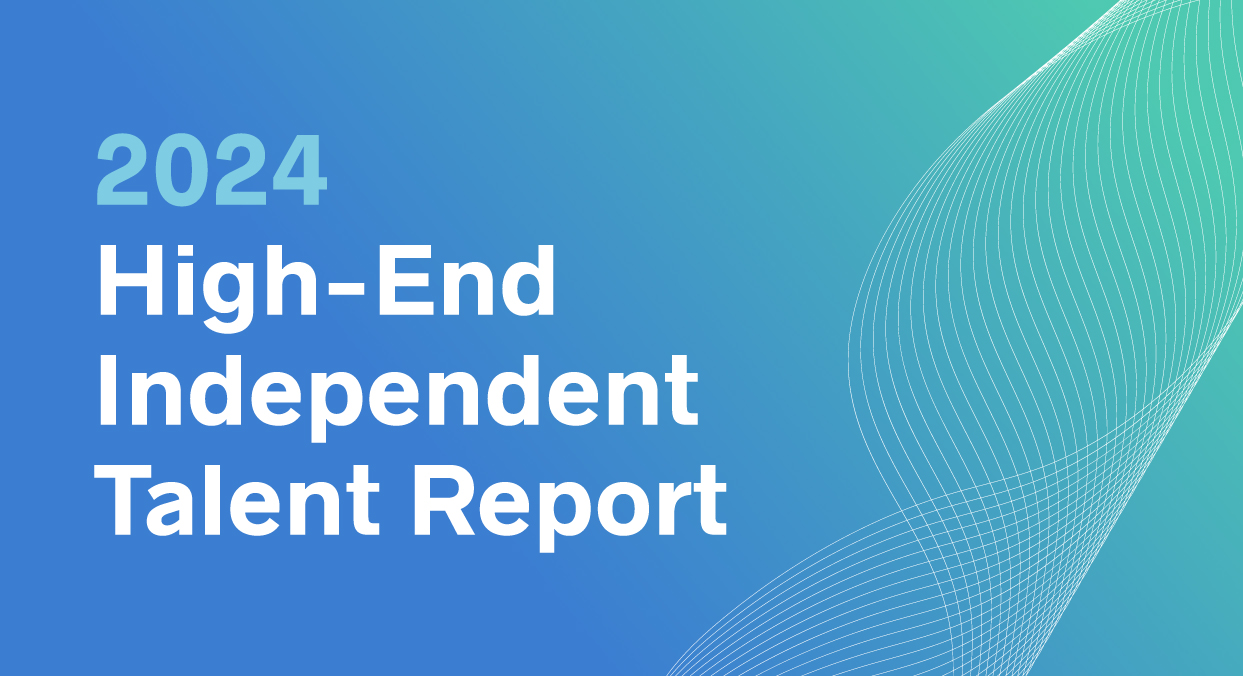
Working from home had been steadily growing in popularity when, suddenly, it became the only option available for many enterprises. Companies that had resisted the clamor for what was once just a “nice perk” suddenly found themselves facing an ultimatum: go remote or take on unnecessary, costly—and potentially even fatal—risks to continue in-person operations.
The struggle with this shift was real, and businesses with support systems already in place fared the best. But even for those that had to quickly adapt to the new reality, it was revelatory. Fears about decreased productivity were quickly dispelled—56% of hiring managers feel that the shift to remote work has gone better than expected, according to Upwork—and reduced overhead coupled with improved flexibility helped keep many ships upright amidst a tempest of uncertainty.
And there’s little chance of going back now. Though some industries and roles still require at least a partially on-site presence, most have discovered the ability to evolve and embrace remote work as a benefit to the organization as well as its individuals. However, doing it is one thing, and doing it well is another—especially when it comes to remote project management.
Can project managers work from home?
Traditionally, project management is a hands-on role that’s responsible for numerous moving parts of a project, which is why physical connection feels like an essential part of the job. The phrase “hands-on” implies literal touch, after all.
Project managers are professional jugglers, but the concern is that once the physical element of their job is removed, they could drop the ball. Execs want reassurance that someone is there, making sure the work gets done. But this flies in the face of everything the world has learned about remote work over the past year. Physical presence—or lack thereof—doesn’t necessarily correlate to productivity or effectiveness.
In fact, project managers already do so much coordination across functions and office locations that even when they are working on-site, they’re already operating in a near-virtual capacity. It could be argued that they were among the first remote workers, and as additional systems are put in place to support them, they only become more effective.
What the most effective remote project managers do right
There’s one element that drives the success of remote work in general, and especially the work done by remote project managers: Clarity. Establishing and protecting project clarity is critical to keeping everyone on the same page and moving toward the same goal with the same expectations.
At a high level, this means maintaining clarity of purpose, process, and communication, but to break it down a little further, here are six ways in which clarity can keep remote project management moving smoothly:
1. Clear priorities
Without well-defined priorities, a project can devolve into chaos quickly. It’s important to determine up front what the project, team, and individual priorities are. Otherwise, small wrinkles can easily wind up getting disproportionate attention at the expense of big-picture concerns. Allow time for potential issues and bugs along the way, but prioritize their resolution so that small bumps in the road don’t derail the project as a whole.
2. Clear deliverables
For a remote project manager, the primary deliverable is the completed project. But the rest of the team needs to be clear on what they are expected to contribute in support of the project. It’s the PM’s job to make sure every member of the team knows what they are producing, why they are producing it, and how it will be used. Clear context ensures the project deliverables don’t miss their mark.
3. Clear responsibilities and accountabilities
Like most of these elements, there’s a bit of overlap here. The remote project manager is accountable for the project, and the team is responsible for its execution—but individual team members are also accountable for decisions made along the way. Responsibilities may include: assigned deliverables/objectives, who reports to whom, who owns which processes, and what happens after the project is complete. Transparent accountability helps streamline decision-making to keep projects on track.
4. Clear feedback process
Remote work and virtual teams thrive on continuous refinement. Remote project managers should actively solicit feedback and clearly define the processes by which teams can share constructive ideas. This not only helps optimize productivity and efficiency, it also helps individuals take greater ownership of the project.
5. Clear milestones
The benefit of milestones is two-fold: they give the team something to work toward, and they give the PM a way to demonstrate progress. Milestones are essential for remote teams because they provide checkpoints at which you can adjust course or realign priorities. Unlike a timeline, they’re not tied to specific tasks; and unlike goals, they look back at what’s done rather than forward at what’s yet to come.
6. Clear communication
Whether remote or in person, there’s no substitute for consistent, clear communication. Project management software such as Basecamp or Asana can provide a centralized hub for project communications, while video conferencing allows for 1:1s or daily stand-ups. Chat programs like Slack can stand in for watercooler chats and desk drive-bys, making it easy to stay in touch throughout the day.
Doing it all can be daunting
None of this is to say project management is a piece of cake—it’s just that taking it remote doesn’t have to make it more complicated. For an experienced project manager, the shift toward virtual operations is likely to be a welcome one, because well designed remote work practices help teams stay better organized.
But it’s still a lot for existing teams to tackle on top of other responsibilities, particularly if there are significant knowledge gaps related to the project at hand. Bringing in a highly skilled project management consultant can help marshal team members and drive key initiatives. Plus, with remote teams, you’re not tied to a specific geographic area. You can engage perfect-fit remote project managers from anywhere in the world.
That’s why nearly 50 percent of the Fortune 100 trust Business Talent Group to curate, vet, and compliantly deliver talent who fuel growth, innovation, and performance improvement. Our independent consultants offer deep project management expertise, and they flex with your projects, so you can engage them only when you need them. They also know how best to facilitate knowledge transfer for seamless transition after the project is complete.
Let our remote project management experts bring greater clarity to your next project.
About the Author
More Content by Emily Slayton






















